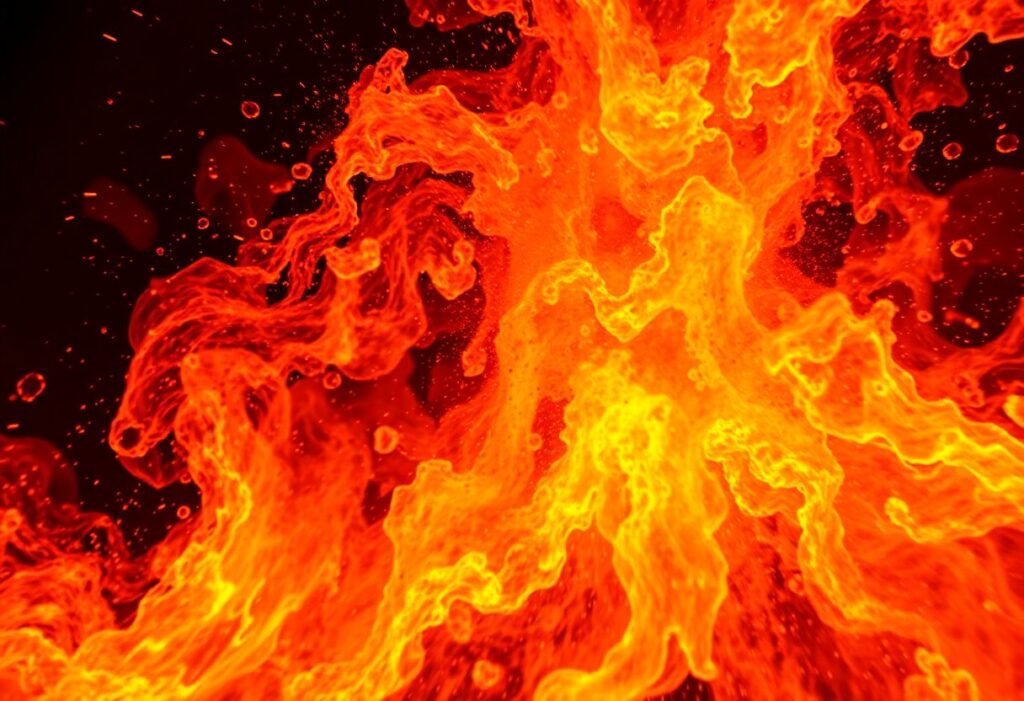When Should You Start Mowing?
In the U.S., the ideal time for the first mow of the lawn after winter typically falls between late April and early May. However, it’s important to depend not only on the calendar but also on the weather and the health of your grass. The grass should ideally be between 3 to 4 inches tall before you mow, ensuring that you’re not cutting it too short, which can damage your lawn.
How to Prepare for Your First Mow
Preparing for the first mow of the lawn after winter is crucial for achieving a beautiful result. Start by clearing the area of any debris such as fallen leaves and branches. This will not only make the mowing process smoother but also help promote healthier grass growth. Additionally, take the time to check your lawn mower – whether it’s gas, electric, or manual – ensuring all blades are sharp and ready for action.
Benefits of the First Mow
The first mow of the lawn after winter offers a host of benefits. Most importantly, regular mowing helps thicken the lawn, as cutting the grass encourages it to grow denser. Additionally, removing dead or overgrown debris not only improves the lawn’s appearance but also supports its overall health, making it more resilient against diseases and pests.
What Mower Settings to Use?
During the first mow of the lawn after winter, selecting the right cutting height is essential. It’s advised to set your mower to a higher cutting height of about 2 to 3 inches at first. You should never cut more than one-third of the grass height at a time to maintain a healthy root system.
How Often Should You Mow?
After completing the first mow of the lawn after winter, it’s crucial to establish a mowing schedule. Generally, during the summer months, you’ll want to mow every 1 to 2 weeks, depending on grass growth conditions. Keep an eye on the weather – rain, humidity, and sunlight all play a significant role in lawn health.
What to Do with the Grass Clippings?
During mowing, you’ll typically accumulate grass clippings. Rather than disposing of them, consider using them effectively. Spread the clippings back onto the lawn, which can serve as a natural fertilizer, helping retain moisture and providing essential nutrients back into the soil.
Conclusion
The first mow of the lawn after winter marks a significant milestone in garden care. With proper preparations and continued attention to your lawn’s needs, you can enjoy a lush and healthy lawn throughout the growing season. We encourage you to keep an eye on the weather and the condition of your grass to seize the opportunity and start this vital springtime task.
Disclaimer
This article is for informational purposes only. Always tailor lawn care methods to your unique conditions and plant needs in your garden.

















